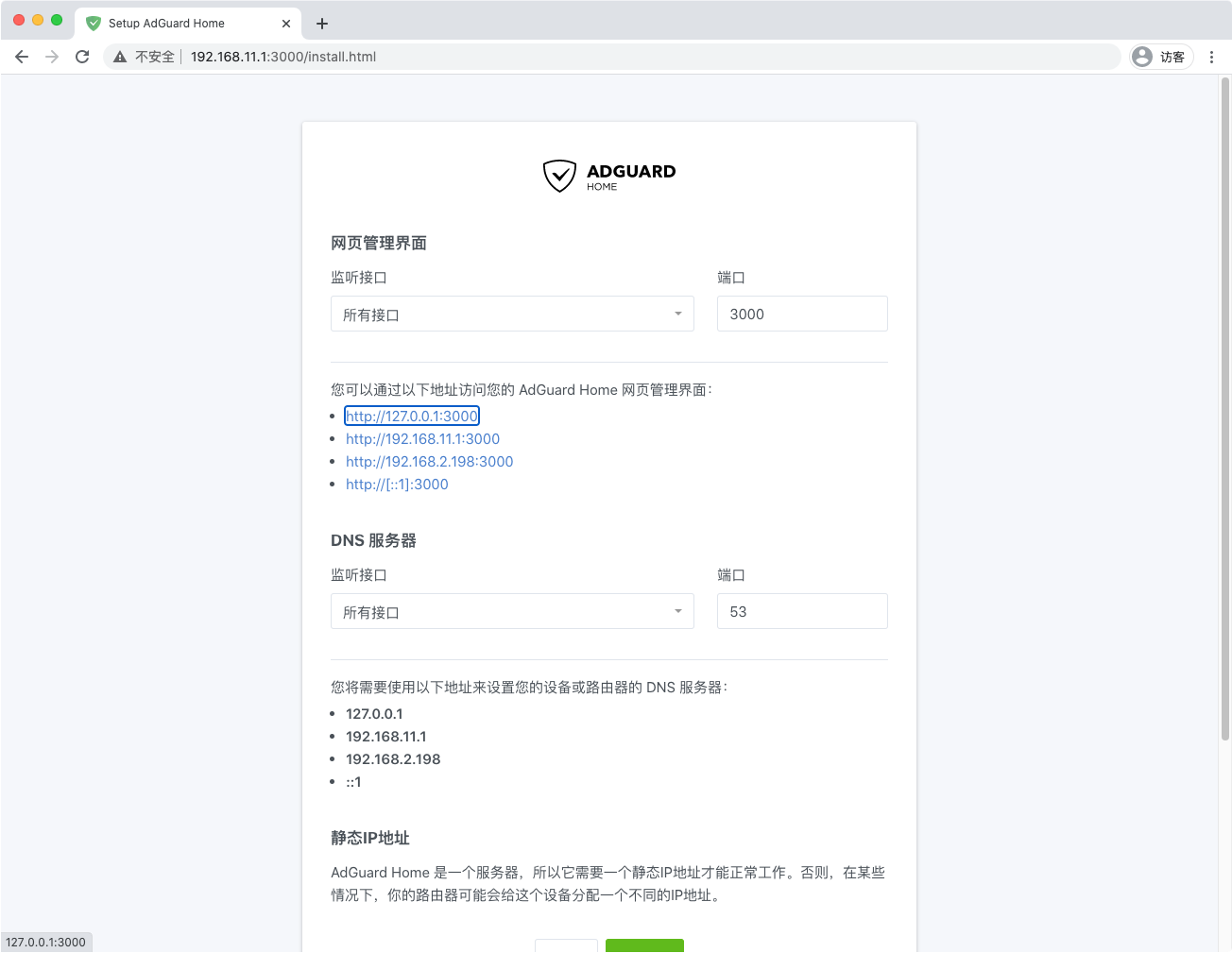
While I love Pi-Hole, I ran one in my house for almost 6 years straight, it does have some issues. When it works it works well and you can go back quite a ways to do trend analysis or map out an intrusion. Unfortunately however, that’s where the benefits of Pi-Hole end.Īnother nice feature with Pi-Hole is the long term query storage. This is a fantastic feature and one that I miss in pfBlockerNG. I can add my computers to an adult group and allow the adult group to go to websites that may contain violence (like Militarytimes). This is where Pi-Hole has a huge advantage. The blocklist might prevent me from reading the news about how the new Physical Training tests are going to be administered. I may want to block my kids from seeing violence so I add a violence related domain blocklist however, I work for the military so some of the websites I go to include things MilitaryTimes. Here’s an example where this becomes useful.

With Group management you can add specific clients to a group and then assign specific blocklists to those groups. Pi-Hole has a number of features which I really like namely it’s group management. How do I remove a domain from showing up on the dashboard? Tools -> Audit Log -> Audit. Where do I manage add lists? They’re under Group Management. Part of my issue with this dashboard is that it’s complicated. It looks alright and it does it’s job fine but it’s very 2015. This is the same dashboard that has been used for the last 7 years. The dashboard looks dated by today’s standards.

Thankfully that portion is removed and now you get a notification telling you that you need to assign a static IP or you could run into problems. This could become complicated for people who aren’t very familiar with how networking works.

When I set up Pi-Hole years ago it used to ask you what static IP you wanted and what the subnet was. From there the Pi-Hole has a few yes or no questions and you’re off to the races.
#Pfsense adguard home install#
Pi-Hole is still a super easy install thanks to the one line installer found on. Never-the-less lets take a look at how Pi-Hole is today. I ultimately stopped using Pi-Hole and replaced it with pfBlockerNG but that was less due to anything Pi-Hole related and more to due with my attempts at consolidation. The team behind Pi-Hole have done an amazing job creating such a useful product, it was one of the products I recommend to parents looking to implement some content filters to protect their kids.
#Pfsense adguard home free#
Pi-Hole was one of the first free and open source DNS based adblockers and one of the first projects I set up in my home network. Today I’m going to talk about 3 different free and open source DNS based adblockers for your home. We can use DNS sinkholing today to block ads across a network by blocking the domains which server ads. DNS sinkholing works by maintaining a list of domain names you want blocked, then when the DNS server receives a request for those domain names it resolves the domain to something non existent like 0.0.0.0 or to it’s block page rather than to the legitimate IP.ĭNS sinkholing used to be a corporate specific thing but now its not only common place but extremely easy to set up thanks to the excellent work of the folks behind the Pi-Hole project which, as far as I can tell, were the catalyst behind most or all of the projects I’m going to mention today. However, there was still a need to block websites enter DNS sinkholing. Transparent SSL/TLS Man in the Middling to decrypt and block websites became an extremely difficult and costly endeavor. Specifically what I mean by that is that DNS based website blocking has existed for years as a security tool.
#Pfsense adguard home Pc#
Adblocking extension on a PC works fine, but if you don’t have a PC then what can you do? This is where DNS based adblocking comes into play.Īdblocking DNS is technically a new(ish) usage of an old(ish) technology. While that was somewhat tangential it does Segway nicely into my next point. In recent years this training has become increasingly difficult to do as a substantial portion of our new hires aren’t able to set up a virtual machine because they only have an iPad or they use their phone for everything. When people join us we put them through a training program that involves downloading and setting up a Linux virtual machine. We have new adults join us all the time either fresh out of high school or fresh out of college. Here’s some anecdotal evidence I work in tech, big surprise I know.

On computers we have the ability to install adblockers like the fantastic uBlock origin but outside of work most people aren’t using a standalone computer anymore. Ads have dominated the internet over the last decade, it’s hard to go to any webpage now without being bombarded by ads taking over most of your screen.


 0 kommentar(er)
0 kommentar(er)
